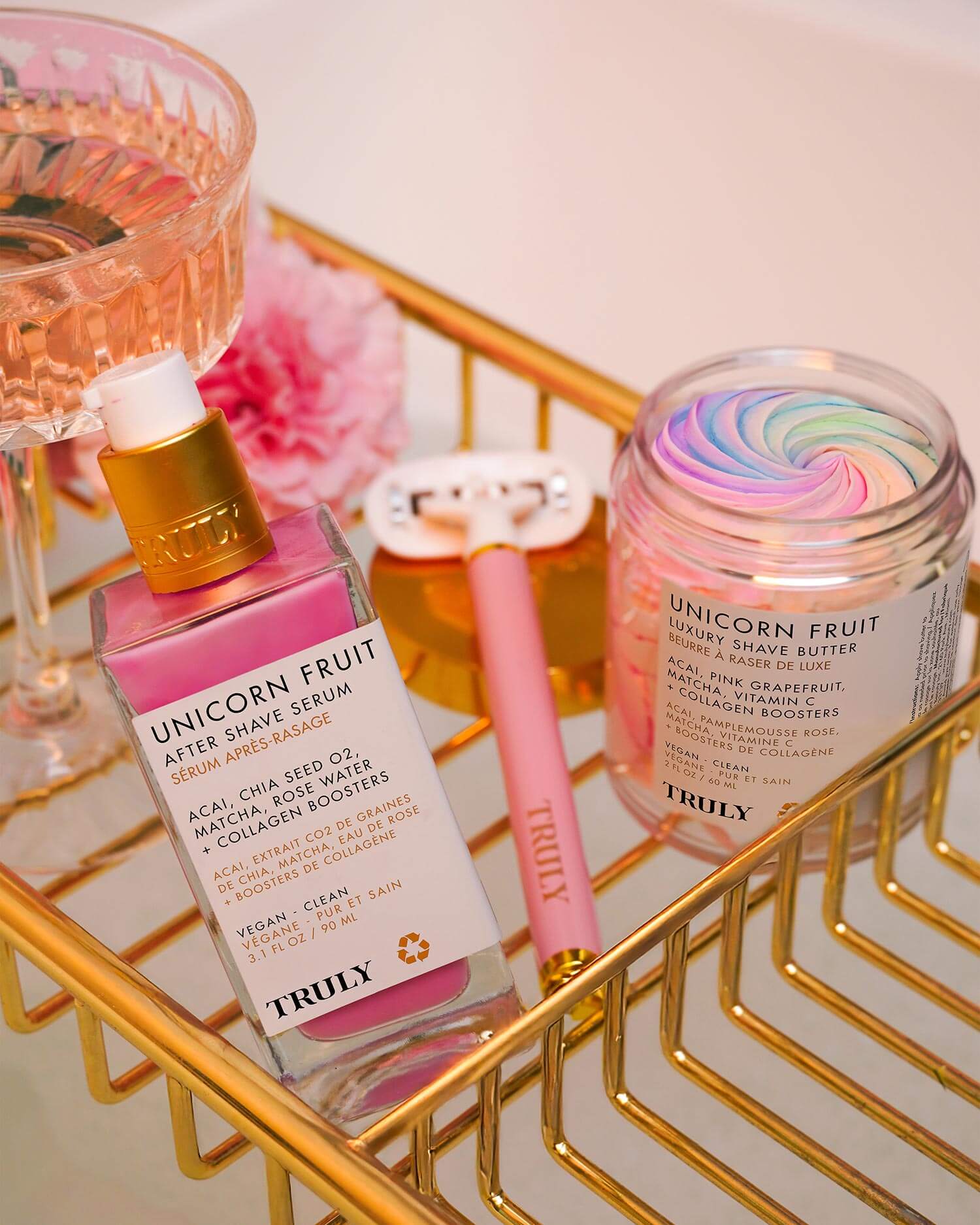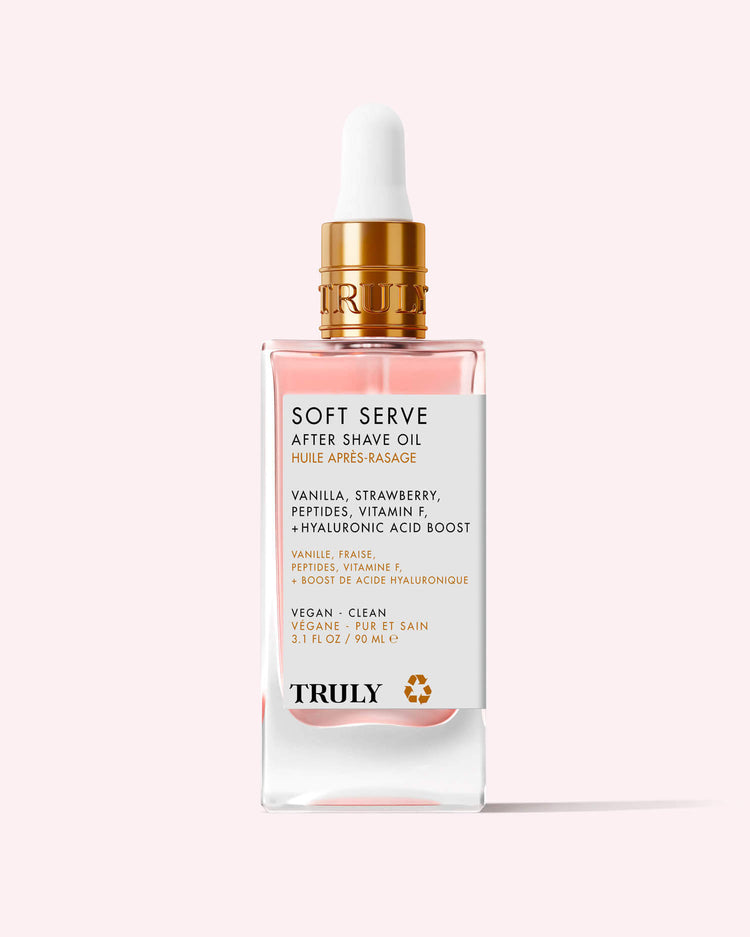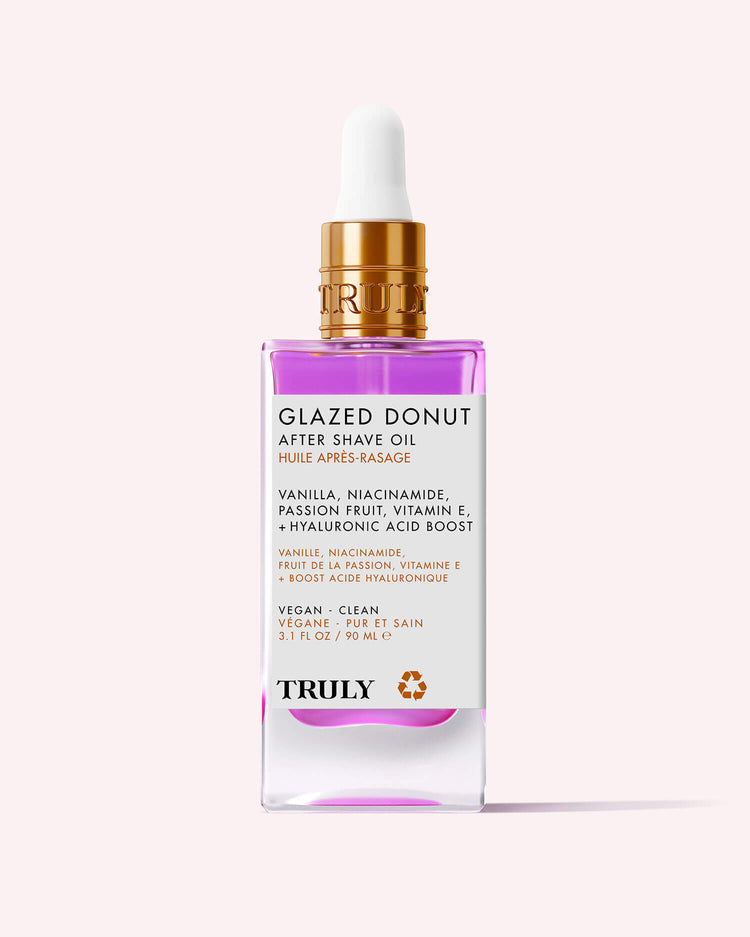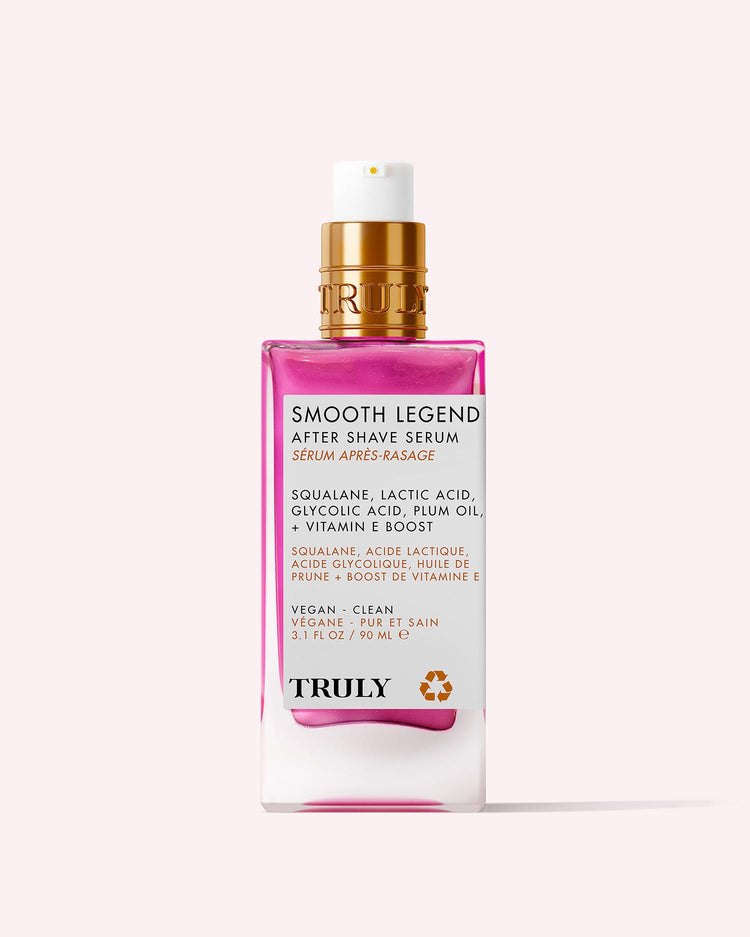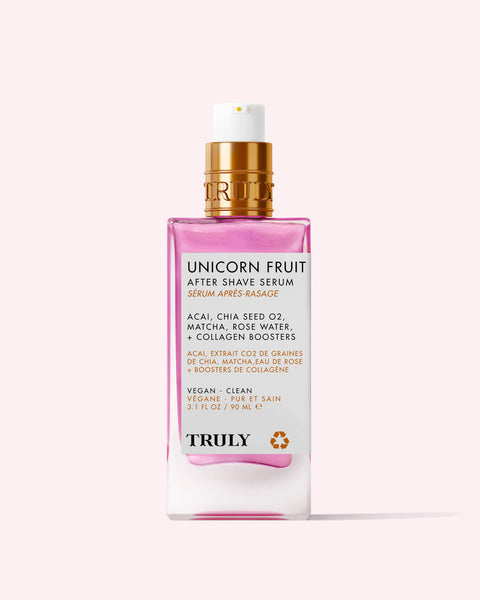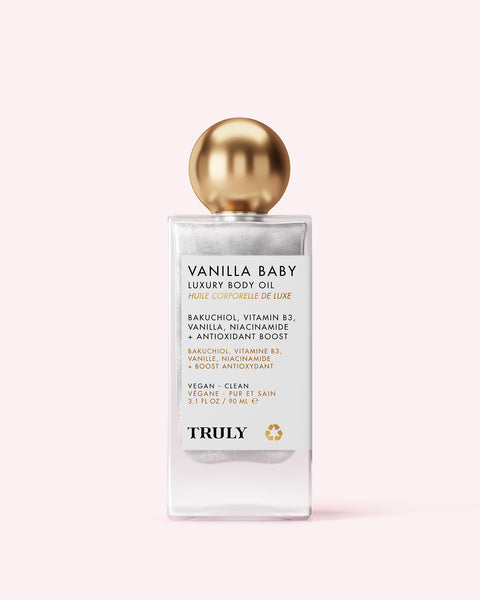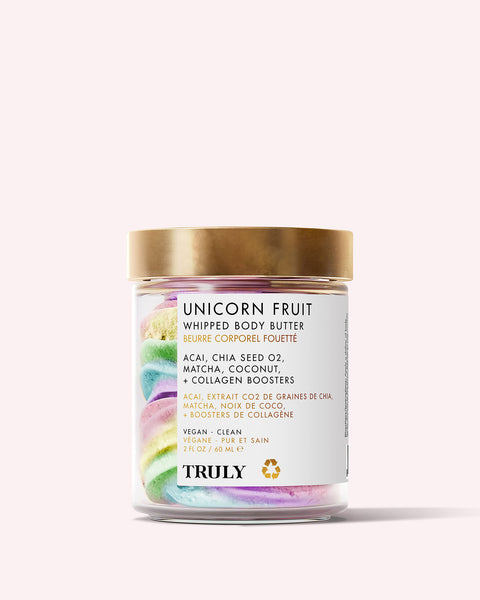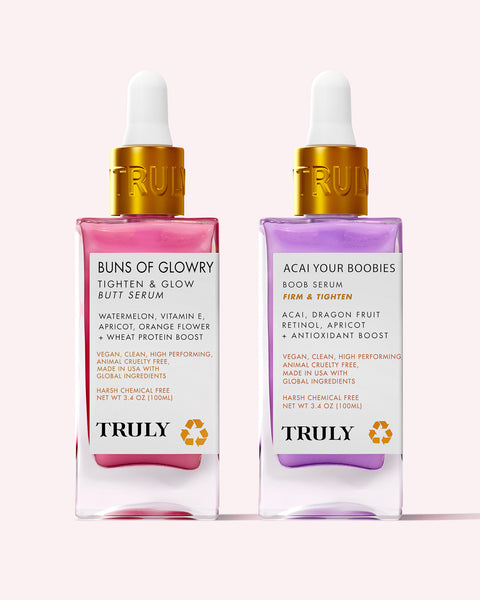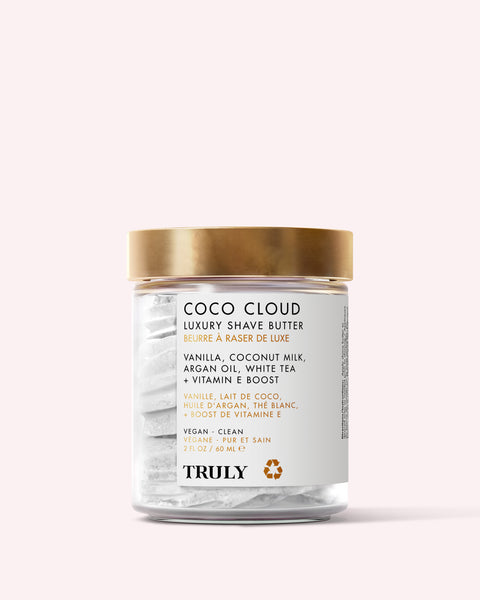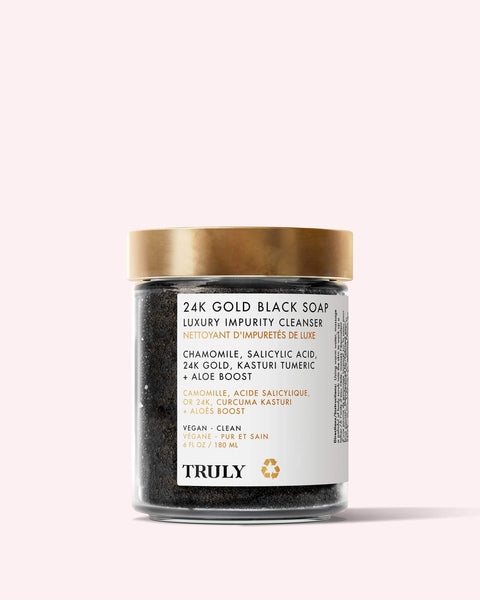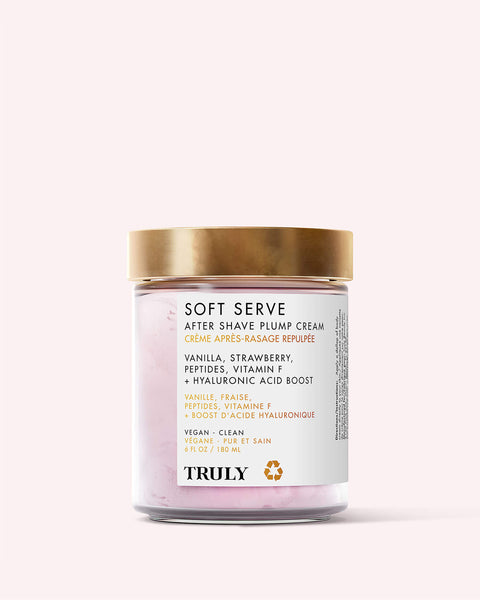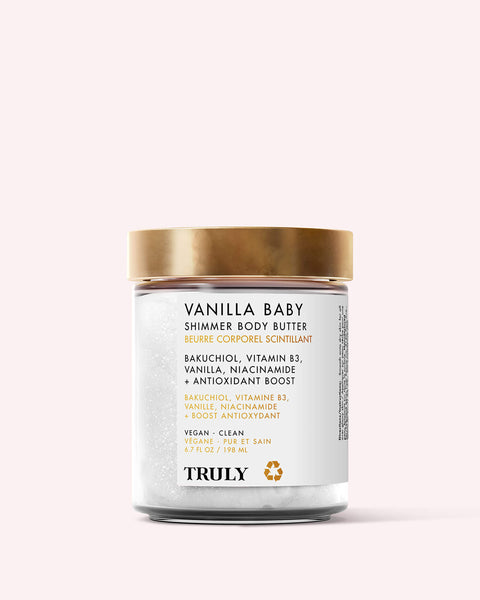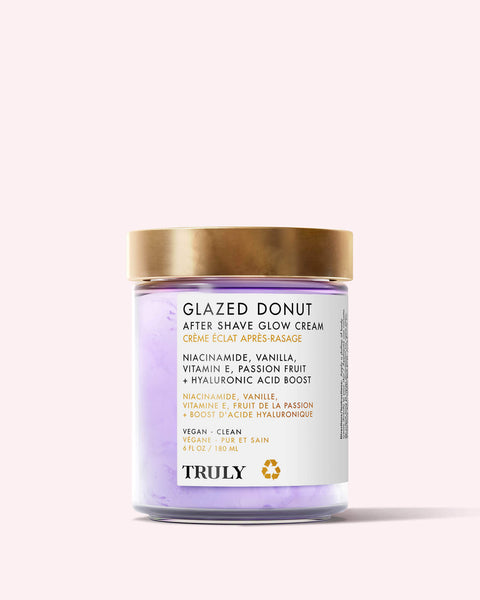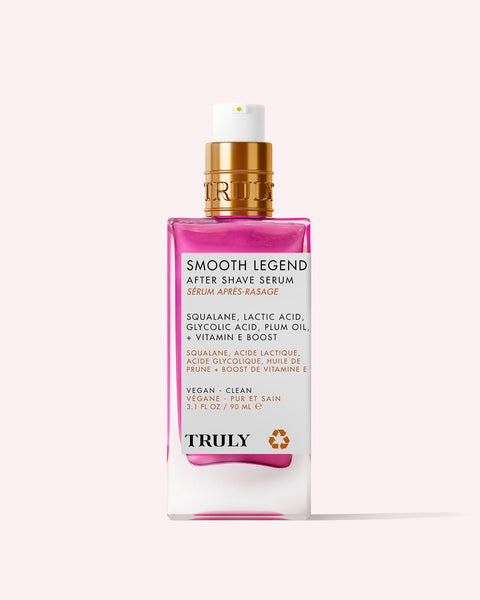How Your Sleep Can Change Your Face

Did you know that the way you sleep might potentially alter your appearance? A new study published in the Aesthetic Surgery Journal found that compression and tension applied to the face during sleep causes facial distortion when people sleep on their sides and stomach, leading to the formation of fine lines and wrinkles over time.
We all know the power of a good night's sleep. We all know that getting enough sleep is essential both for our mental health, physical health, and our skin. What many of us aren't aware of, however, is the toll certain sleeping positions have on our complexion.
Wondering what you can do about it? Here's everything you need to know!
Myth or Real: Does Sleeping on One Side Change Your Appearance?
It seems a good night's rest isn't the only ingredient needed in the recipe for beauty sleep. If you want to maintain line-free, healthy skin, you'll need to adopt a healthy sleep position.
If you're someone who sleeps on your side or stomach, you can expect -- sooner or later -- to start developing creases on your face. According to dermatologists, stomach sleepers tend to see more pronounced forehead lines, while side sleepers often see deeper wrinkles on the sides of their face.
"Sleep wrinkles form in response to distortion created when the face is pressed against any sleep surface," explains ASAPS member and lead author, Dr. Goesel Anson. "They tend to worsen over time due to repetition combined with thinning of the skin and decreased elasticity as we age."
And if your pillowcase hasn't been washed all that recently, you could even wake up with breakouts the following day.
What's more, sleeping on your front or side can cause puffiness around the eyes because your head and your heart are lying at the same level, resulting in increased blood flow to your face.
How Long Would this Actually Take?
Sleeping on your front or one of your sides means there is constant force on your face. Over time, this sleep habit can produce unwanted sleep lines. It's not something that happens over night, but it can come around sooner than later if you don't change your position asap.
Sleep wrinkles are also influenced by how much time you spend in different positions as you snooze. For example, if you switch sleeping on both sides of your face throughout the night, you're going to see lines quicker than someone who switches between side to back to stomach during the night.
According to research, the average person changes position around 20 times per night. The side sleep position is the most common averaging approximately 65%, with 30% in the back position, and only 5% in the stomach position.
Most sleep wrinkles can be seen on the forehead, cheeks, and lips. Unlike wrinkles caused by facial expressions (or muscle contractions), sleep-associated lines are formed due to mechanical compression during sleep.
Ways to Alleviate Sleep-Associated Wrinkles
The good news is, you can minimize sleep wrinkles by switching your sleep position, adopting an anti-aging skincare routine, and upgrading your pillowcase. More on that below!
Sleep on Your Back
Of course, the best thing you can do to prevent sleep lines occurring in the first place is to switch your sleep position. Start sleeping on your back in order to avoid applying pressure to your face and ultimately, causing wrinkles.
For many people, this might be uncomfortable, and you may not be able to control your involuntary sleep movement leading you to your original line-triggering position. Stick to it, practice, and you will get used to it over time.
Switch to Silk or Satin
If sleeping on your back feels impossible, you can still prevent pillowcase-induced creases by upgrading to a silk or satin pillowcase. With a satin or silk pillowcase, your skin slides on the pillow, creating less traction and preventing the formation of wrinkles.
Try Truly's Satin Sleep Set, which features a vegan pink satin case designed to prevent friction and sleep-derived wrinkles. It's a dreamy way to get your 8 hours of sleep each night.
Promote Collagen Production through Skincare
Certain skincare products might be able to help treat and prevent sleep lines and wrinkles. Retinol is one ingredient that stands out for its line-minimizing superpowers. That's because retinol stimulated collagen production that prevents fine lines.
Try Truly's luxurious Vegan Collagen Skincare Set, featuring four anti-aging elixirs: a cleanser, serum, face mask, and body cream. Each contains a blend of retinol, vegan collagen, vitamin C, and coconut oil to fight signs of aging, hydrate the skin, and improve texture.
Use this kit every night before you go to bed to wake up the next day with a glowing, youthful complexion.
Make Time for Facial Massages
To make skin look instantly brighter while actively smoothing out lines, try doing a few daily minutes of facial massage. All you need are a few drops of your favorite oil and your hands to massage it in in upwards circular motions.
Elevate Your Head with a Neck Pillow
Elevating your head can help with snoring, acid reflux, and nasal drip, and ultimately, turn around poor sleep quality. Besides preventing eye bags and circles under your eyes, it can help prevent premature aging.
Elevating your head while you sleep can be as simple as propping your head up with a special neck pillow or adding a wedge to your mattress.
Get a Good Night's Sleep -- Every Night
It might sound like a no brainer, but lack of sleep can contribute to skin aging, dark circles, and puffy eyes. It is important to sleep around 8 hours a night to rejuvenate the skin.
Score better sleep by snoozing in a dark, quiet room without electronics or lights, and try falling asleep at the same time each night.
Remember, sleep deprivation doesn't just affect your skin -- it also affects your overall wellness.
The way you sleep can be the difference between fine lines, swollen eyes, and dark circles -- and none of those issues. Improve your sleep position, improve your skin! It's as simple as that!
